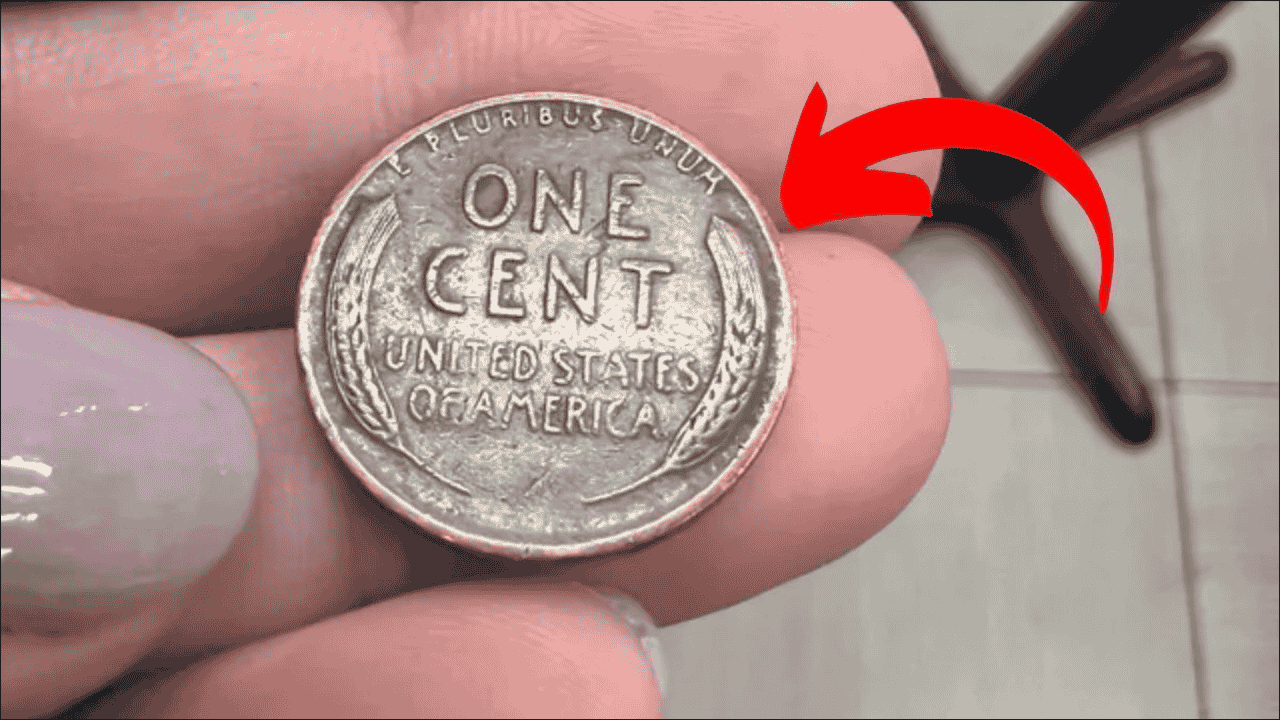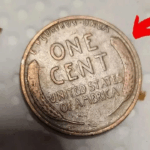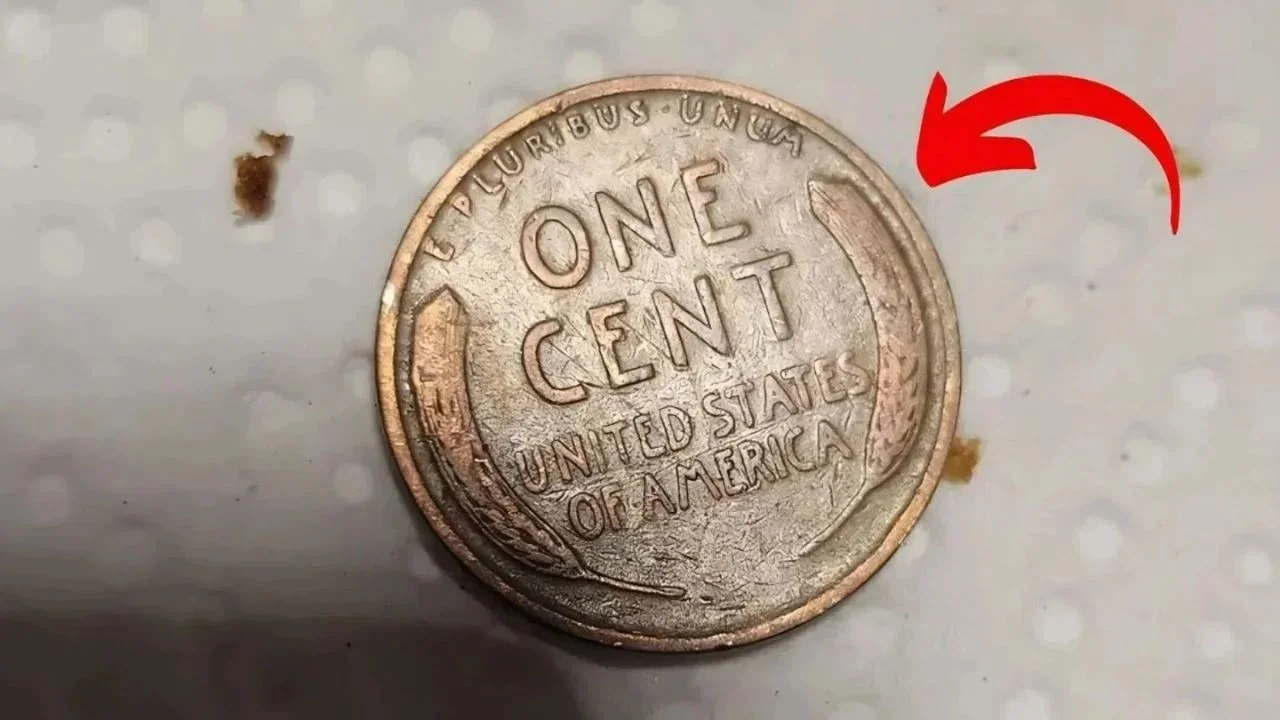Rare Lincoln Wheat Penny Worth $500K: The Lincoln Wheat Penny represents one of America’s most beloved coins and holds tremendous potential value for collectors. These pennies were produced from 1909 to 1958 and feature distinctive wheat stalks on the back side. While most wheat pennies are worth only face value, certain rare varieties can command extraordinary prices, with some selling for hundreds of thousands of dollars. The key to finding valuable specimens lies in understanding what makes these coins special and knowing exactly what to look for when examining your pocket change.
The Story Behind America’s Most Famous Penny
The Lincoln Wheat Penny holds a special place in American numismatic history as the first United States coin to feature a real person rather than a symbolic figure. Created by sculptor Victor David Brenner in 1909 to commemorate Abraham Lincoln’s 100th birthday, the design was groundbreaking for its time. The front of the coin displays Lincoln’s profile, while the reverse shows two wheat stalks surrounding the denomination and country name. This design remained largely unchanged for nearly fifty years, making it one of the longest-running coin designs in American history. The penny’s widespread circulation and historical significance contribute greatly to its enduring popularity among collectors today.
Identifying the Most Valuable Varieties
Several specific varieties of Lincoln Wheat Pennies command premium prices due to their rarity and unique characteristics. The 1909 S VDB penny stands out as perhaps the most valuable, with pristine examples selling for up to half a million dollars. This coin is distinguished by the designer’s initials “VDB” appearing on the reverse side and the “S” mint mark indicating it was produced in San Francisco. Another highly sought-after variety is the 1943 copper penny, which resulted from a minting error when a few copper blanks were accidentally used during a year when pennies were supposed to be made from steel due to wartime metal shortages. These error coins have sold for over two hundred thousand dollars at auction.
Understanding Coin Condition and Grading
The condition of a Lincoln Wheat Penny plays a crucial role in determining its market value. Professional coin grading services use a standardized scale ranging from poor condition to mint state, with higher grades commanding significantly higher prices. Coins in excellent condition show minimal wear, sharp details, and original luster. Even minor scratches, discoloration, or handling marks can substantially reduce a coin’s value. Collectors should handle potential valuable coins carefully and consider professional grading services for authentication and condition assessment. The grading process provides an official certificate that verifies both the coin’s authenticity and its condition grade.
Where to Find and Sell Valuable Pennies
Valuable Lincoln Wheat Pennies can potentially be found in everyday pocket change, inherited coin collections, or through estate sales. While finding a truly rare specimen in circulation is unlikely, it’s not impossible, making it worthwhile to examine wheat pennies carefully. When selling valuable coins, collectors have several options including reputable coin dealers, auction houses, and specialized online platforms. Professional authentication through recognized grading services is essential before attempting to sell, as it provides credibility and helps establish fair market value. Auction records and dealer networks can provide insights into current market prices and trends.
Investment Potential and Market Considerations
The rare coin market offers both opportunities and risks for potential investors. Lincoln Wheat Pennies have shown strong performance over time, with some varieties appreciating significantly in value. However, the market can be volatile, and success requires knowledge, patience, and careful research. Factors such as historical significance, rarity, condition, and collector demand all influence pricing. Potential investors should educate themselves about authentication techniques, market trends, and proper storage methods to protect their investments. Building relationships with reputable dealers and staying informed about auction results can help guide investment decisions.
Disclaimer: This article is provided for educational and informational purposes only. Coin values fluctuate based on market conditions, rarity, and condition. The values mentioned are estimates based on historical sales data and may not reflect current market prices. Always consult with professional coin dealers or certified appraisers for accurate valuations. The author does not guarantee the accuracy of price estimates or investment advice. Coin collecting and investing carry inherent risks, and individuals should conduct their own research before making any financial decisions.














